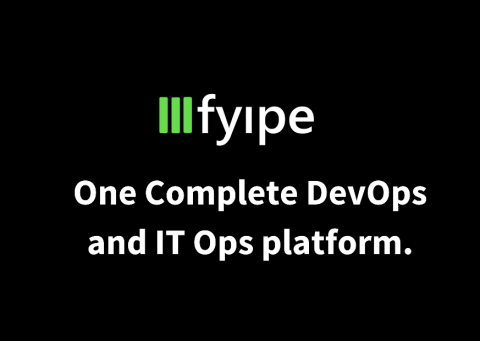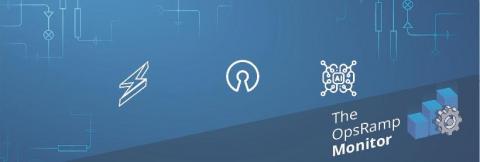Statistical Modeling to Solve a Time-series Problem: How CloudZero Uses Machine Learning to Detect Cost Anomalies
It is no secret that it is not that hard to accidentally spend a boatload of money on AWS. This Twitter user told the story of his $77,000 mistake with a monkey emoji (because what’s funnier than spending the price of an entry level Tesla by accident.) The scary part is that many of us have been there. If you are not looking at your cloud bill every day, it is easy to let the costs run up quickly, then suffer from bill shock when it arrives a month later.











